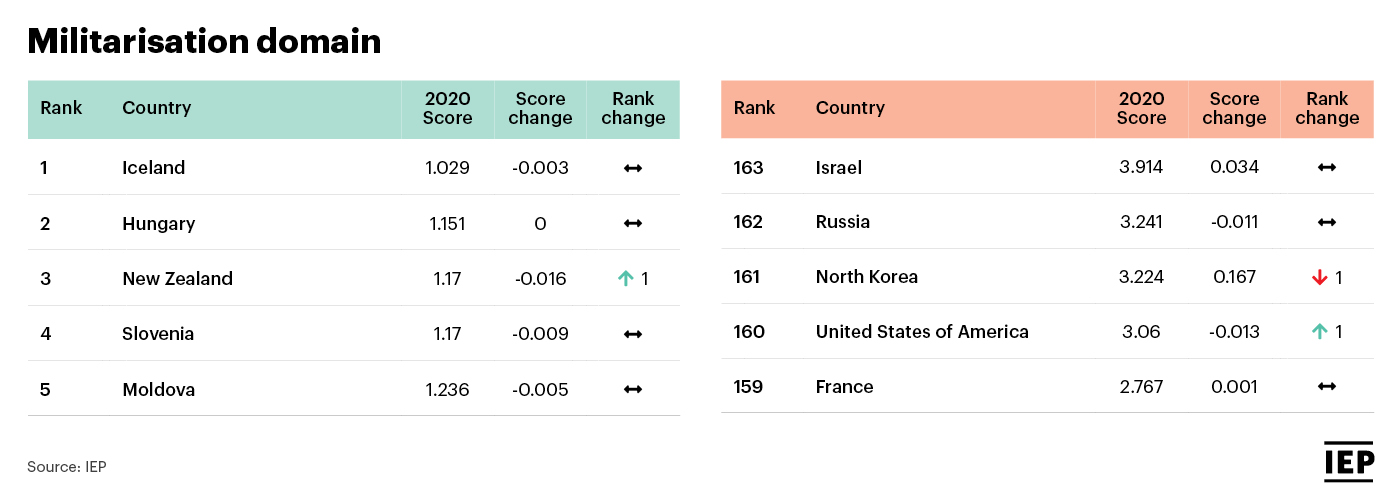Lawmakers in the United States (US) have announced plans to repeal legislation that authorises the use of military force. Both Democrats and Republicans supported the plans and could have powerful implications for US external conflicts.
AUMF is short for the authorisation for the use of military force. These laws were used to launch the global “War on Terror,” which led to the US invasion of Afghanistan. AUMFs subsequently led to the 2002 war in Iraq that toppled Saddam Hussein 20 years ago.
Within the US Constitution, Congress has the power to declare wars. However, lawmakers have passed several AUMFs to allow presidents to act on military operations without first consulting congress.
Neither authorisations had an expiry date nor sunset clause. Since their manifestation almost two decades ago, the AUMFs were used to authorise more than 40 military interventions across 19 countries.
Repeal of AUMFs intends to return authority to declare war to Congress and put an end to US involvement in ongoing conflicts.
In late March, the US House of representatives voted to repeal the AUMF that allowed war in Iraq. The repeal must now pass the US Senate to become law. The Senate is also undertaking a separate effort to repeal and replace past war authorisations.
Since World War II, the US had an extensive role in military matters and conflicts around the world.
Over that time the country’s military power expanded to include around 800 military bases in around 70 countries. In comparison, powerful countries such as Britain, France and Russia operate around 30 military bases combined.
The US ranks 121 on the 2020 Global Peace Index. This is the lowest of any member country of the Organisation for Economic Cooperation and Development.
According to GPI data, the US scores highly in the militarisation domain. Further, the US ranked 4th out of the five countries with the highest militarisation domain scores.

A report from the US Department of Defence, shows that more than two decades of conflict in Afghanistan and the Middle East following the 9/11 attacks has cost the US a total of US$1.55 trillion plus a further $44.8 billion in non-defence spending.
As of 2019, overseas military operations led to 6,967 US servicemen deaths and an additional 52,802 wounded.